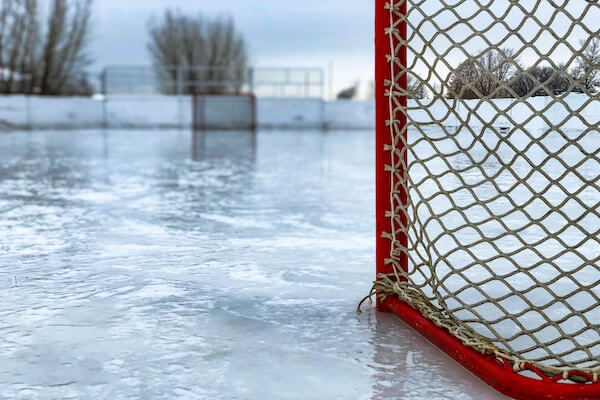Obituaries





















Search
Use the form above to find your loved one. You can search using the name of your loved one, or any family name for current or past services entrusted to our firm.
Click here to view all obituaries




















Use the form above to find your loved one. You can search using the name of your loved one, or any family name for current or past services entrusted to our firm.
Click here to view all obituaries
Scattering ashes involves releasing them outdoors where they decompose and become one with nature. These types of ash scattering ceremonies have become more and more popular, and we have worked with many families to plan the perfect service.
Many families choose to scatter their loved one’s ashes at a location that reminds them of their loved one or at a place that their loved one enjoyed going to. Parks, beaches, and waterways are common locations for scattering ashes.
 |
Consider a beach that had significant meaning to your loved one. Perhaps where you had your marriage proposal or first date. |
|
Campgrounds would be perfect for those who were outdoorsy and had a passion for camping. |
 |
 |
Perhaps your loved one enjoyed ice hockey. Think about scattering their ashes over the pond where they used to skate during winter.
|
Choose a spot that is special to your loved one, a place where you bonded with your loved one, or somewhere that just reminds you of him or her. It is not a decision that should be taken lightly.
However, there are laws and regulations on where you can scatter ashes. Before finalizing a spot, make sure you are allowed to scatter ashes at that spot. Below, we provide some general guidelines on where you cannot spread your loved one’s ashes, and some other things you need to keep in mind.
For private property that you own, you are able to scatter without permission or without any issue. For property owned by other individuals or parties, you must obtain permission before scattering. To avoid any legal trouble, get signed and dated written permission from the property owner before scattering.
Sports venues and amusement parks have thousands of visitors every year, but people need to remember that these locations are not public spaces. You can ask for permission to scatter ashes at these venues but often these requests are declined. If you scatter without permission, these venues will likely call the police and the ashes will be removed.
For some public places such as local parks, several cities require you to obtain a scattering permit. For uncontrolled public lands, often there are no regulations or restrictions, but we have to use our best judgement. Under any situation, do not spread ashes within 100 yards of any public trails or roads.
National parks are beautiful and make for amazing locations to scatter ashes. Many National Parks grant permission to have scattering ash ceremonies, but often there are stipulations. Make sure you speak with the chief park ranger, get written permission, and clearly understand any specific rules. Similar to scattering ashes in public spaces, stay away from trails or developed areas that receive a lot of regular foot traffic.
According to the United States Environmental Protection Agency (EPA), scattering ashes at sea or over oceans is permitted but there are a couple of rules. The scattering must occur from boat or plane at least 3 nautical miles from the coastline. Furthermore, after finishing the scattering you must notify the EPA within 30 days.
When people first think about scattering ashes, often what comes to mind is the tossing and dispersing of cremation ashes into the air. This type of ash scattering is called a casting ceremony. People find that the casting ceremony helps symbolize the freeing or letting go of their loved one’s spirit.
A trenching ceremony is another popular ash scattering ceremony. A trench or hole is dug into the ground and the ashes are scattered inside. At the conclusion of the ceremony, the family covers the trench or hole.
Aerial ash scattering has been quickly growing in popularity. For this type of scattering ceremony, we will work with a private company that will fly your loved one’s ashes into the sky and release them. Aerial scattering can be done by plane, helicopter, hot air balloon, or even by a hang glider.
As opposed to casting ashes over water, we can organize what’s referred to as a water ceremony which sees the cremation ashes put into a water-soluble urn. The urn will be placed in the water, it will float for a couple minutes before it begins to sink and dissolve. To conclude the ceremony, guests will often toss flowers, petals, or wreaths into the water as one final tribute. However, ensure the flowers or wreaths can easily decompose.
A raking ceremony often takes place in large gardens or in flower beds. The ashes are dispersed evenly across a section of soil. Often, we setup the ceremony so that each family takes turns raking the ashes into the soil and as they do so they share a memory of the deceased with the other guests.
Grieving doesn't always end with the funeral: subscribe to our free daily grief support email program, designed to help you a little bit every day, by filling out the form below.
It's hard to know what to say when someone experiences loss. Our free weekly newsletter provides insights, quotes and messages on how to help during the first year.